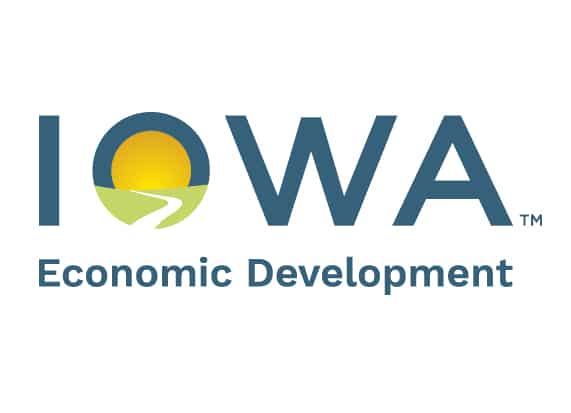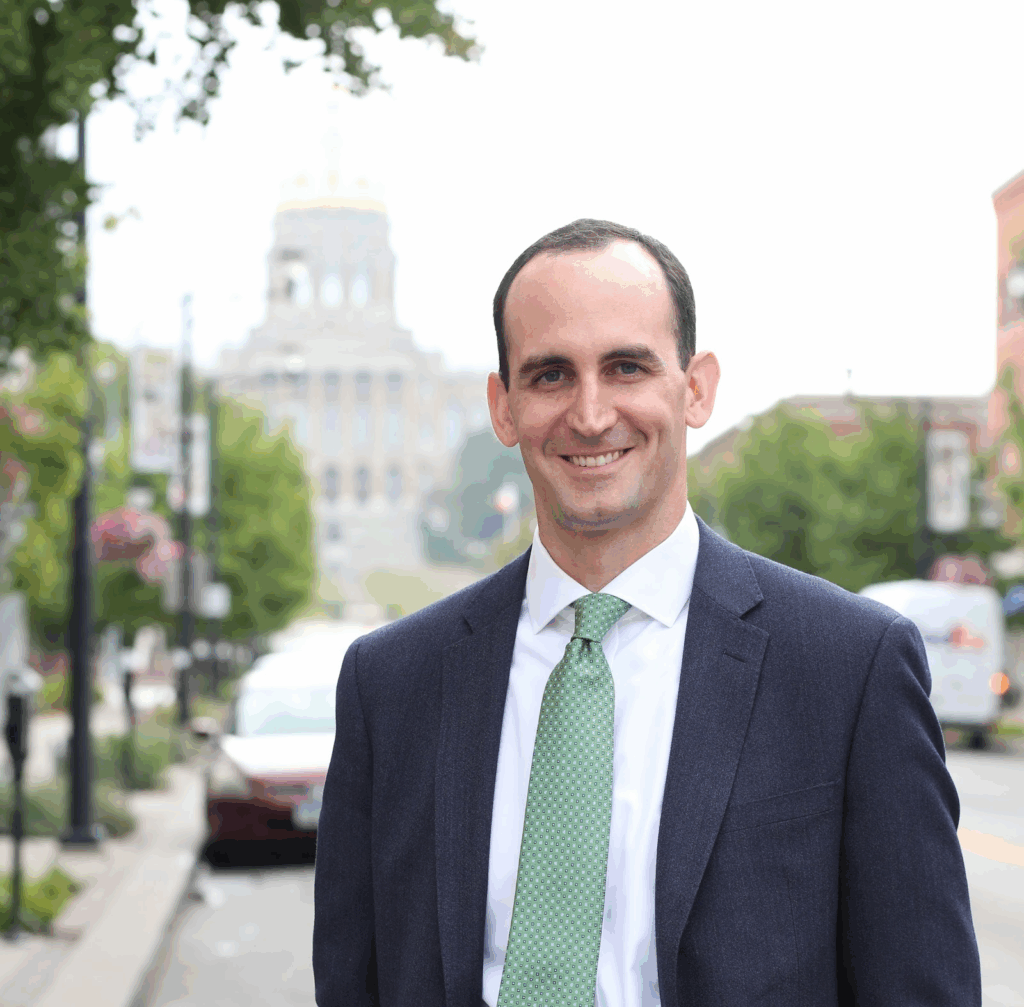Economic Forecast: What’s coming in 2019

BUSINESS RECORD STAFF Feb 1, 2019 | 5:09 pm
5 min read time
1,230 wordsBusiness Record Insider, Economic Development
The main course at Thursday’s Economic Forecast Luncheon: what’s going to happen with Iowa’s economy this year.
Here’s one takeaway from the event (below), hosted by the Business Record, with the following panelists: Robin Anderson, senior economist, Principal Global Investors; Debi Durham, director, Iowa Economic Development Authority and Iowa Finance Authority; Eric Lohmeier, president, NCP Inc.; Dave Swenson, economist, Iowa State University; and Georgia Van Gundy, executive director, Iowa Business Council.
You can view photos from the event here and see video of Deloitte CFO of the Year Joe Ceryanec of Meredith Corp. accepting his award here. You can read more takeaways here. (Insider)
Takeaway No. 1: Van Gundy says help rural communities
By PERRY BEEMAN: Iowa Business Council executive director and event panelist Georgia Van Gundy said the state’s relatively flat population, with metro areas seeing most of the growth, means rural communities need attention.
“Our statewide population hasn’t grown, and that has been a detriment to our rural communities. If we want to see our economy grow, we have to look at different ways we partner with our rural communities and help bring them thought leadership like we have with our communities and help them strengthen what they’re doing. That strengthens the overall economy of our state.”
Swenson: Ag, manufacturing will be key in next recession.
The panelists talked off and on about the prospects for the next recession, and seemed to agree it is probably a couple of years away. There was chatter about a 2017 mini-recession that many didn’t see at the time, but may be one reason the recovery from the Great Recession is months away from becoming the longest ever.
Iowa State University economist Dave Swenson said there are keys to watch in Iowa. “When I think in terms of economic downtown in one form or another, I immediately go to both sectors and regions that are disproportionately affected. Right now we have both sectors in our economy, especially the agriculture sector, especially in the Midwest. We have a lot of manufacturing in Iowa that is labor depending, that is not high tech. It is hanging on by a thread. It’s just getting by. Those are the types of industries that don’t survive a recession. When you come out of a recession, they are gone. They are disproportionately located in medium-sized cities. So if we go into a recession, it is going to have strong regional effects, and that’s the kind of stuff we have to pay attention to on the policy side.”
Van Gundy: Help rural communities
Iowa Business Council Executive Director Georgia Van Gundy said the state’s relatively flat population, with metro areas seeing most of the growth, means rural communities need attention.
“Our statewide population hasn’t grown, and that has been a detriment to our rural communities. If we want to see our economy grow, we have to look at different ways we partner with our rural communities and help bring them thought leadership like we have with our communities and help them strengthen what they’re doing. That strengthens the overall economy of our state.”
Trade and tariff effects lag
SUZANNE BEHNKE: The effect of the current trade battle with China and tariffs may not be evident until months later, said Eric Lohmeier, president of NCP Inc. “It takes time to feel the effects,” he said. The lag time could be months or more, he said, for the consequences of the tariffs to show up.
Lohmeier pointed out that Iowa is a value-added manufacturing state, meaning companies take raw materials and turn them into goods. Many in the state use aluminum and steel — which have been included in tariffs — and that is hurting exporters of users of those materials.
Hed: Unemployment rate, unemployment rate
The topic of Iowa’s low unemployment rate comes up at nearly every Business Record event as companies vie for skilled workers. Iowa’s seasonally adjusted unemployment rate remained at 2.4 percent in November, according to Iowa Workforce Development. “It creates concern as companies look to make expansion plans,” said Becky Gibson of Wells Fargo. Companies seek alternatives when they can’t find the workforce needed, she said, pointing to aligning workers in different ways within the business or seeking ways for technology to assist.
Gibson noted that Wells Fargo has 15,500 workers in Iowa, the third-largest presence in the U.S., behind Charlotte and Chicago.
Lohmeier: Middle-market companies re-leveraging balance sheets
JOE GARDYASZ: Panelist Eric Lohmeier, whose firm NCP Inc. specializes in working with middle-market firms valued in the $20 million to $250 million range, said he’s seeing a disturbing amount of debt being taken on by those companies across the board.
In 2014 the amount of debt being used to finance deals was around 47 percent, but it has crept above 50 percent in the past few years and reached more than 60 percent nationally in 2018. Iowa companies, being more conservative, are perhaps 10 points below that level, but still taking on more debt as well. “I haven’t seen a level like that since 2007,” Lohmeier said afterward. “Corporate balance sheets are really leveraged.”
Many middle-market companies have also used their federal tax cuts to pay shareholder dividends, often using additional borrowing to pay out higher dividends, he said.
In Lohmeier’s view, many companies are “sucking up all the debt they can now” while rates are relatively low to pay dividends or to buy other companies, “but I’ll tell you, they’re not hiring a hell of a lot of new people out of it. They’re really borrowing to do M&A, and they’re leveraging up to do [recapitalizations].”
Durham: Making the case for opportunity zones
In response to an audience member’s question about whether the Opportunity Zone program funded through the 2017 Tax Cut and Jobs Act shows promise, Debi Durham said she and other state officials were “taken aback” that they were part of the federal tax bill, because the program has not proved effective in the past. After her department contacted each area of the state that was eligible, Gov. Kim Reynolds recommended 62 areas, which were all approved by the Treasury Department. “We asked them, ‘Do you have a plan for growth?’ ” Durham said. “That’s how we made the case for which areas to nominate. The key question for me is, how is [the Iowa Department of] Revenue going to treat income coming into their areas?”
Durham: Computer science rises as a priority skill for employers
BY KATE HAYDEN: Debi Durham pointed to Iowa employers like John Deere, which debuted its company as a tech-first player at the Consumer Electronics Show — far from the traditional agricultural fields Deere is associated with.
“I do think we’re preparing for the [next] industrial revolution,” said Debi Durham.
Automation, data analysis and artificial intelligence will expand in use as part of Iowa’s existing manufacturing industries, and Iowa’s businesses and future employees must be prepared to enter that competition on a global scale.
Students showing interest in those necessary skill sets are rising, Durham said.
“From 2015 to ’18 the number of our students that took Advanced Placement tests for computer science increased by 28 percent. … If you looked, I would say, 10 years ago, what we saw is actually a decrease happening,” Durham said. “We have to have this innovation. … We need these people with the skill sets.”








